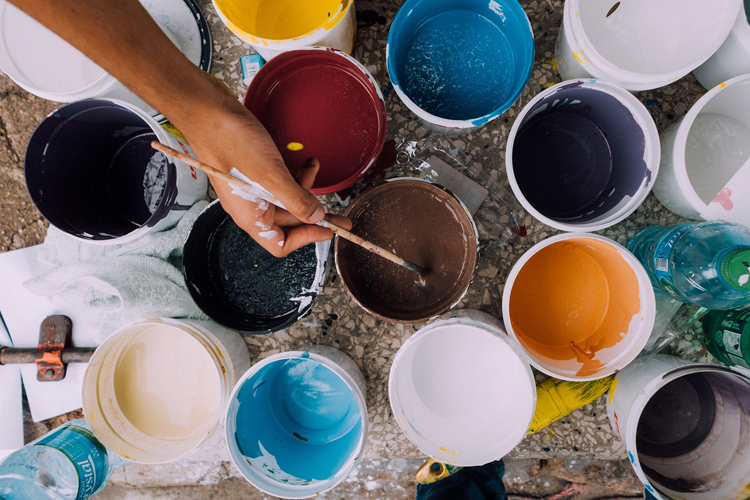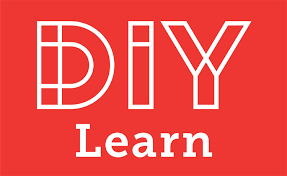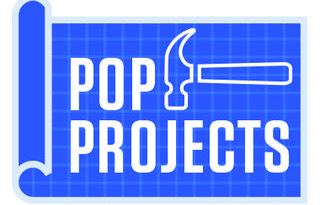Tips to get started with your first DIY project – AZ Big Media

We have all seen several videos of different DIYs over social media and other video channels. But it is one of the most common problems that whenever you tend to make the same, you end up creating something completely different that is nowhere close to what you were trying.
However, what you’d like to know is that no one trying to make a “Do It Yourself” project is unfamiliar with this problem. So, if you are planning to carry out your DIY project, then you must undoubtedly keep the below in mind.
Plan and strategize beforehand
Everything needs a well-planned strategy to see the light of success. When you are willing to make a DIY, plan well in advance. Arrange the material that you may require. Watch several videos for the same project from different creators.
Choose the technique that suits you the best. Calculate the amount of time to be taken to prepare the project. You may also ask a friend or seek advice from someone who has already worked on a similar project. Utilize their experience to make yours.
Draw the budget and outline
Costing of the project is an essential area that determines the value of the project. Hence it needs to be balanced carefully. Acquire only the material that you actually require or that will be out to use. Stocking up extra equipment and incurring high costs wouldn’t do any good.
However, overuse and misuse of budget, both prove to be a deterrent to the project. Try balancing the costs in such a manner that the money is not over or underutilized. It is better to budget than to cut it down midway due to a disbalance in the same.
Don’t forget — safety comes first
There are few things in the DIY project that require supervision and vigilance. Working around electronic appliances or material that might cause a fire is not a good idea. And even if it is necessary and another alternative cannot be found, do it by the regulations and safety rules on the manual.
Use protective equipment to save yourself from any accident. Read the regulations of safety manual carefully because prevention is better than cure.
Buy only a certain number of tools
The primary objective of doing a DIY project is to save money. The very origin of DIY lies in the fact that we cannot splurge money on several things, so we chose to make it ourselves at our home. There is no point in buying several tools, supplies, and equipment to do the project.
Seek help from those who are regular in doing a specific job with that device. Ask your friends, family, or relatives if they own the tool or material that you require. Believe in working smart, not hard. Consider hiring the tools than buying it. You may purchase a specific tool to do a particular job, which might not be used later. So, it is better to rent it than to buy it.
Simplify the project
You do not have to top the test on your first day in class. Go slow at first. Try getting comfortable with your project. Know what you want to make and objectify accordingly. One must be clear about what he or she wants as a result. Trying to do too many results in complications things which consequently leads to failure.
It is good to make bold choices, but it is better to thrive upon simpler things and then to move on to difficult ones. Let your first DIY be small but a success. This success can later turn into a bigger one.
Practice and test always
Once the plan has been laid down, the material has been bought, and handy DIY products are in place, practice one step at a time for the project. Try practicing the skills on a small scale first and then moving on to the larger picture. Practicing is like rehearsing; once you have done that, you will know what mistakes not to make and how the process is to be followed.
Putting your plan into work in small pieces may do the job. You will undoubtedly come to know what to do and what not to do. The next time to work on your project, your mind will automatically prompt you at your previous mistakes, which will not be committed the next time.
Do not confine the project in time
You will require a substantial amount of time in your first DIY project. Do not expect the project to be done in a few hours. It may take days or weeks to get the output that you have been expecting. In totality, do not rush things, take it slow. Give yourself time to understand the process and how to apply it.
Don’t lay down any deadline, ensure to give time to things that will take time. It is better late than never. There is nothing worse than stopping the work midway due to lack of time than to take sufficient time, even extra if required, and completing for the project.
Double-checking does no harm
Once you are satisfied that you have done enough practice and ensured the safety of the project, just get started. But before starting, if you do have enough satisfaction or are doubtful about anything in the project, do not shy away from double-checking once.
If your DIY project requires the use of electronic appliances, then reread the safety manual and ensure safety. Recheck once you have finished your work to avoid accidents. Double-checking may consume time, but at least your DIY project will become prosperous without posing any harm.
Takeaway
Focus on the process; ask what, why, and how. The first time DIY project can be messed up, but don’t forget to be confident in what you are doing. Do not shy away from asking any query that appears in your head. Type the question online, and you will get the answer to it. Lastly, be patient and get into the procedure of doing the project.




